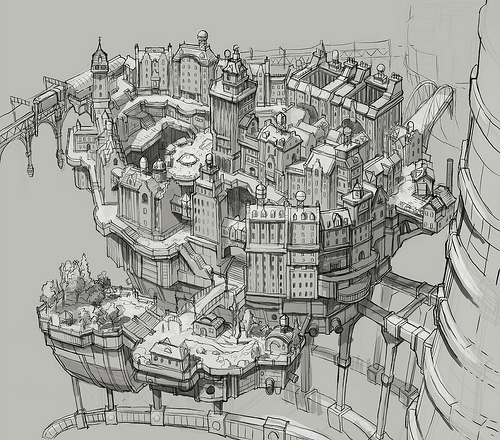While I did watch some tutorial videos, these articles on Normal, AO and Cavity maps held a lot more information on exactly what these techniques are, and how they are used to aid designers in the texturing process.
Normal Map URL: http://wiki.polycount.com/NormalMap/
Ambient Occlusion Map URL: http://www.katsbits.com/tutorials/blender/basic-ambient-occlusion.php
Cavity Map URL: https://docs.google.com/document/preview?id=1fNUqul4VF_64gmrb3_dtxq3AiPtm4V66Wf4DeImhGmQ&pli=1
Question#1: Where in the design process does this technique belong? Why?
These techniques are used throughout the texture process, giving further detail to the geometry and texture of a model. Normal maps add texture that includes dynamic lighting effects that make it appear as if a model has bumps, cracks, buttons or other small surface detail, without adding to its poly count. Ambient occlusion helps to disperse ambient light throughout the model realistically, to highlight surface features and textures with baked-in light, while Cavity maps do the opposite, highlighting areas hidden from light with darker tones to make them appear less exposed to in-game light. All of these maps compliment the color, or diffuse map, of a model to create life-like textures and lighting effects. An interesting note is that Ambient and Cavity maps are sometimes referred to as “dirt maps” because they help to simulate the tendency of real world crevices to gather dust and dirt, further darkening them against the surrounding textures.
Question#2: All of these techniques will work with one another, of the three, which one is the most beneficial to the artist? Why?
While they all have their own perks, I believe that the normal map is the most beneficial as it can add a great amount of detail to the surface geometry of a model without added pressure to the game engine. In lower-end games though, I think that ambient conclusion plays a more valuable role, adding lighting effects over models to display their detail without the use of in-game lighting. Cavity maps are cool, adding that extra push into realism with their subtle shadow effects, but only seem truly useful in the most top notch, visually-stunning games.
Question#3: According to the article(s), how have these techniques improved the quality of work for the artists?
These techniques have improved the quality of work for artists by simplifying the process of adding realism to their models. If every wrinkle in every character’s face had to be individually modeled and lit, productivity of the design team would be slowed, and the effect on the game engine would be enormous. Combined, these map types allow artists to “fake” real-world texture and lighting effects in a much more organized and timely fashion, and allow them to alter individual aspects towards realism by keeping them seperate, rather than baked on one diffuse map.

























